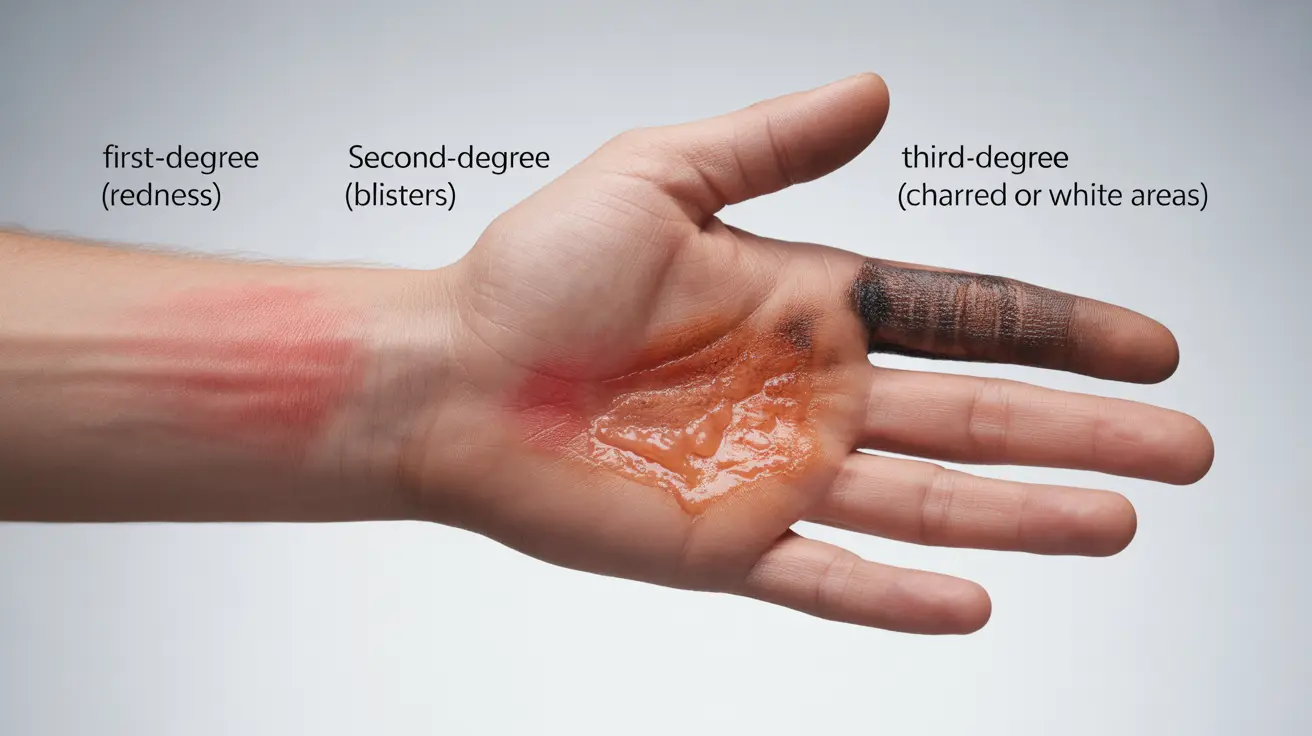Metal burns can cause serious injury and require immediate attention to prevent complications and promote proper healing. Whether encountered at home, in the workplace, or during recreational activities, understanding how to identify, treat, and prevent metal burns is crucial for safety and quick recovery.
This comprehensive guide will help you recognize the severity of metal burns, learn proper first aid techniques, and understand when professional medical care is necessary.
Understanding Metal Burns and Their Severity
Metal burns occur when skin comes into contact with hot metal surfaces or objects. These thermal injuries can range from minor to severe, depending on factors such as the temperature of the metal, duration of contact, and the area of skin affected.
Types of Metal Burns by Severity
Metal burns are classified into three degrees based on their severity:
- First-degree burns: Affect only the outer layer of skin
- Second-degree burns: Damage both the outer and underlying skin layers
- Third-degree burns: Penetrate through all layers of skin and can affect deeper tissues
Common Signs and Symptoms
Metal burn symptoms vary by severity level:
- Redness and pain
- Swelling or blistering
- White or charred skin in severe cases
- Intense pain or numbness
- Inflammation around the burn site
Immediate First Aid for Metal Burns
Quick and appropriate first aid can significantly impact the healing process of a metal burn. Follow these essential steps:
- Remove yourself from the heat source safely
- Cool the burn under cool (not cold) running water for 10-20 minutes
- Remove any jewelry or tight items near the burned area
- Cover the burn with a clean, non-stick bandage
- Take over-the-counter pain medication if needed
When to Seek Medical Attention
Some metal burns require professional medical care. Seek immediate medical attention if:
- The burn affects a large area of skin
- Burns occur on face, hands, feet, or joints
- You notice signs of infection
- The burn appears deep or causes severe pain
- You develop fever or other systemic symptoms
Prevention Strategies
Preventing metal burns is crucial in both domestic and workplace settings. implement these safety measures:
- Use appropriate protective equipment
- Install proper warning signs near hot surfaces
- Maintain awareness of potentially hot metal objects
- Ensure proper training for workplace safety
- Keep children away from hot metal surfaces
Medical Treatments for Severe Burns
Professional medical treatment may include:
- Specialized burn dressings
- Prescription pain management
- Debridement of damaged tissue
- Skin grafting for severe cases
- Physical therapy during recovery
Frequently Asked Questions
What are the common symptoms of a metal burn and how can I recognize its severity? Metal burn symptoms include redness, pain, swelling, and possible blistering. Severity can be assessed by the depth of tissue damage, with first-degree burns showing redness and pain, second-degree burns presenting with blisters, and third-degree burns appearing white or charred with possible numbness.
What is the proper first aid treatment for burns caused by hot metal objects? Immediately cool the burn under running water for 10-20 minutes, remove any jewelry near the burn site, cover with a clean, non-stick bandage, and take over-the-counter pain medication if needed. Avoid applying ice, butter, or other home remedies.
When should I seek medical attention for a metal burn injury? Seek immediate medical care if the burn is large, deep, affects sensitive areas like face or joints, shows signs of infection, or causes severe pain. Also seek help if you develop fever or other systemic symptoms.
How can I prevent metal burns at home or in the workplace? Prevent metal burns by using appropriate protective equipment, installing warning signs, maintaining awareness of hot surfaces, ensuring proper training, and implementing safety protocols. Keep children away from potentially hot metal objects.
What medical treatments are available for severe metal burns? Medical treatments may include specialized burn dressings, prescription pain management, wound debridement, skin grafting for severe cases, and rehabilitation therapy. Treatment plans are tailored to the burn's severity and location.




